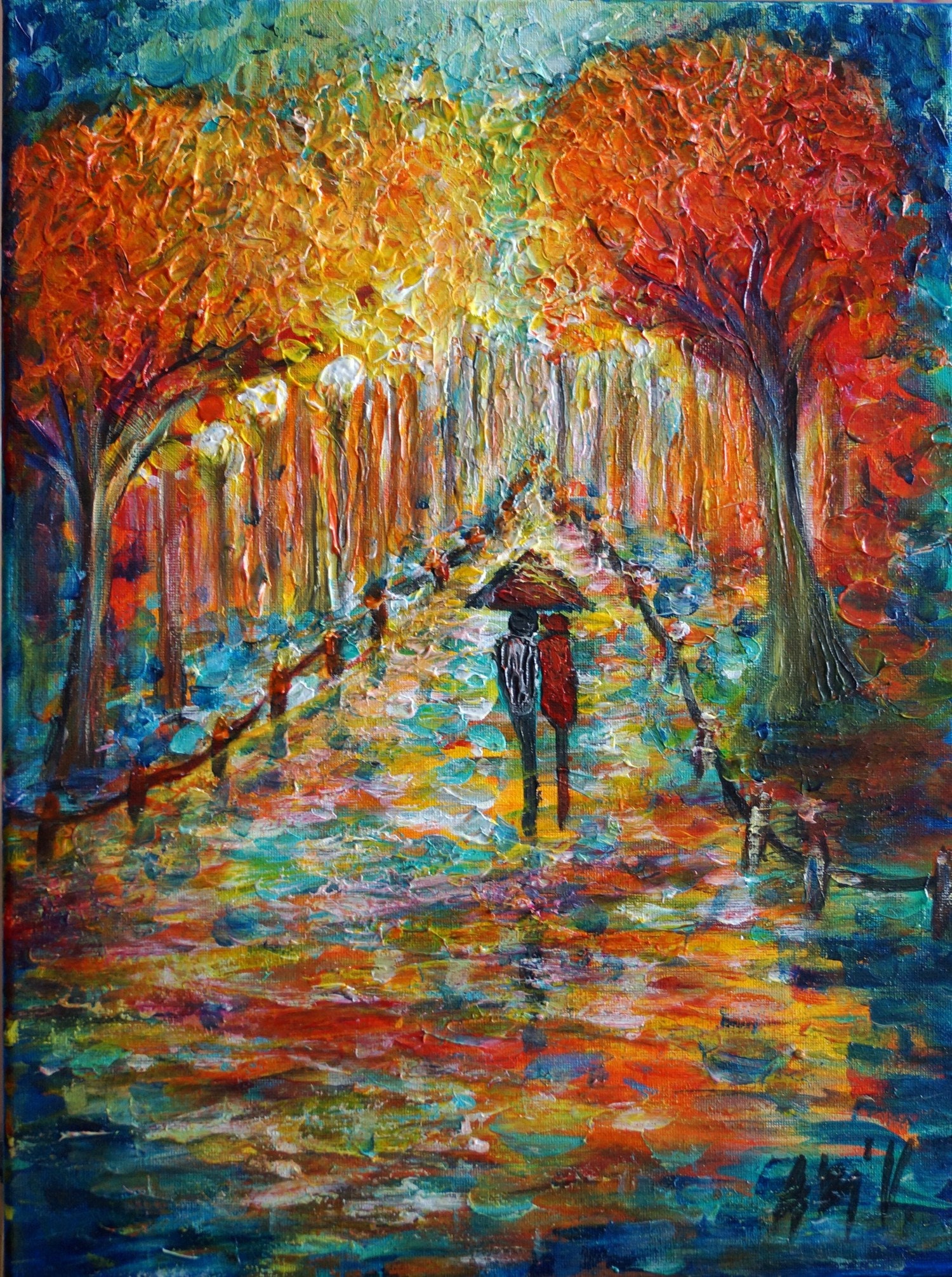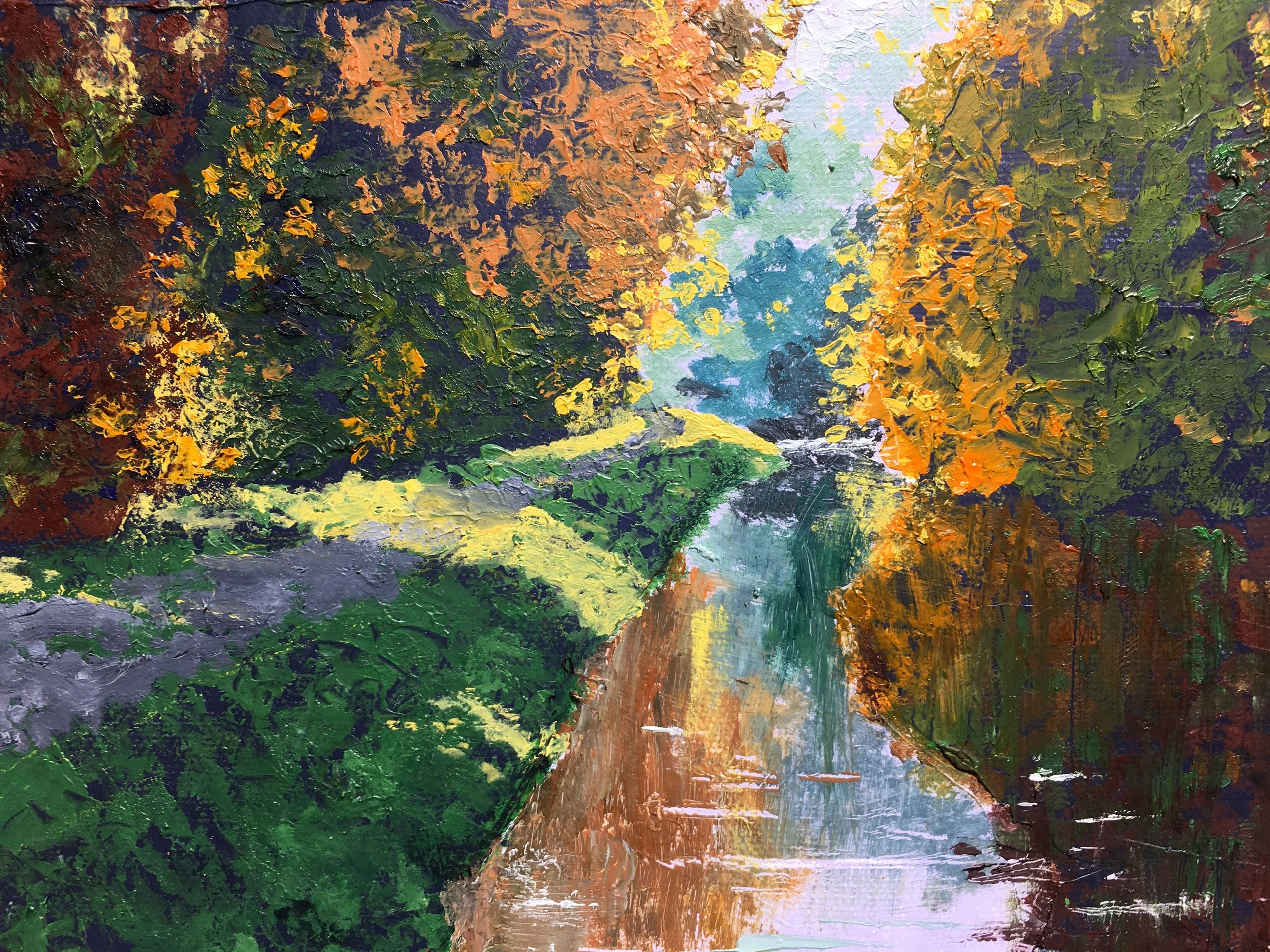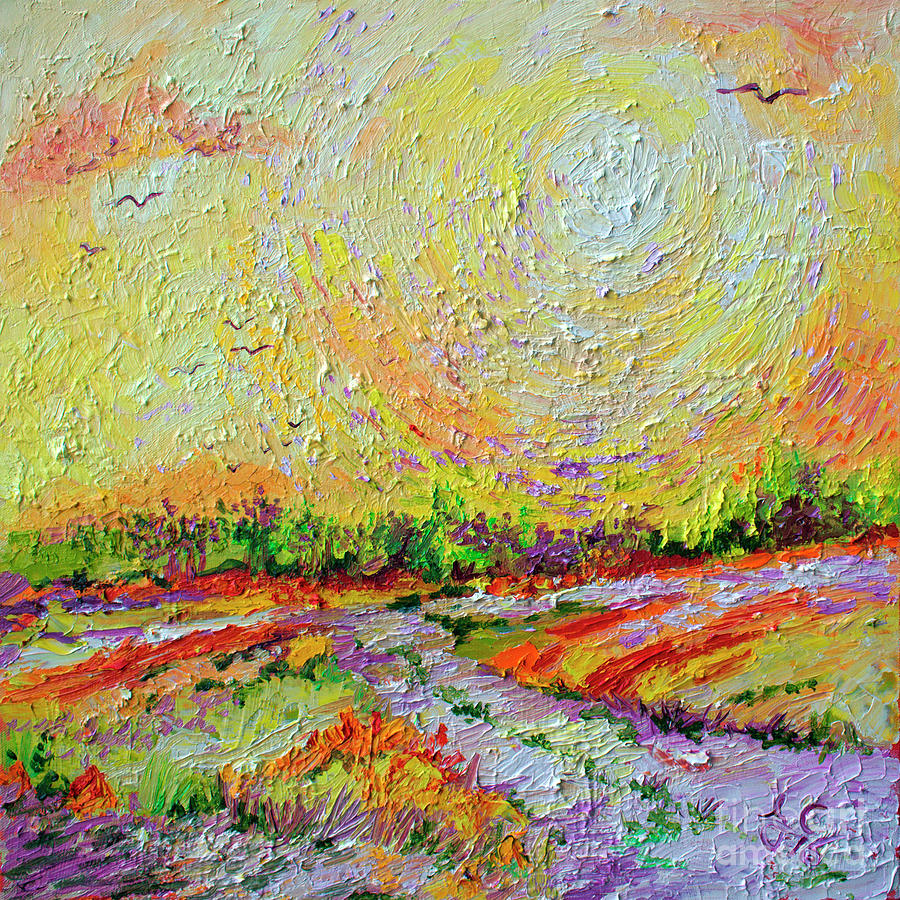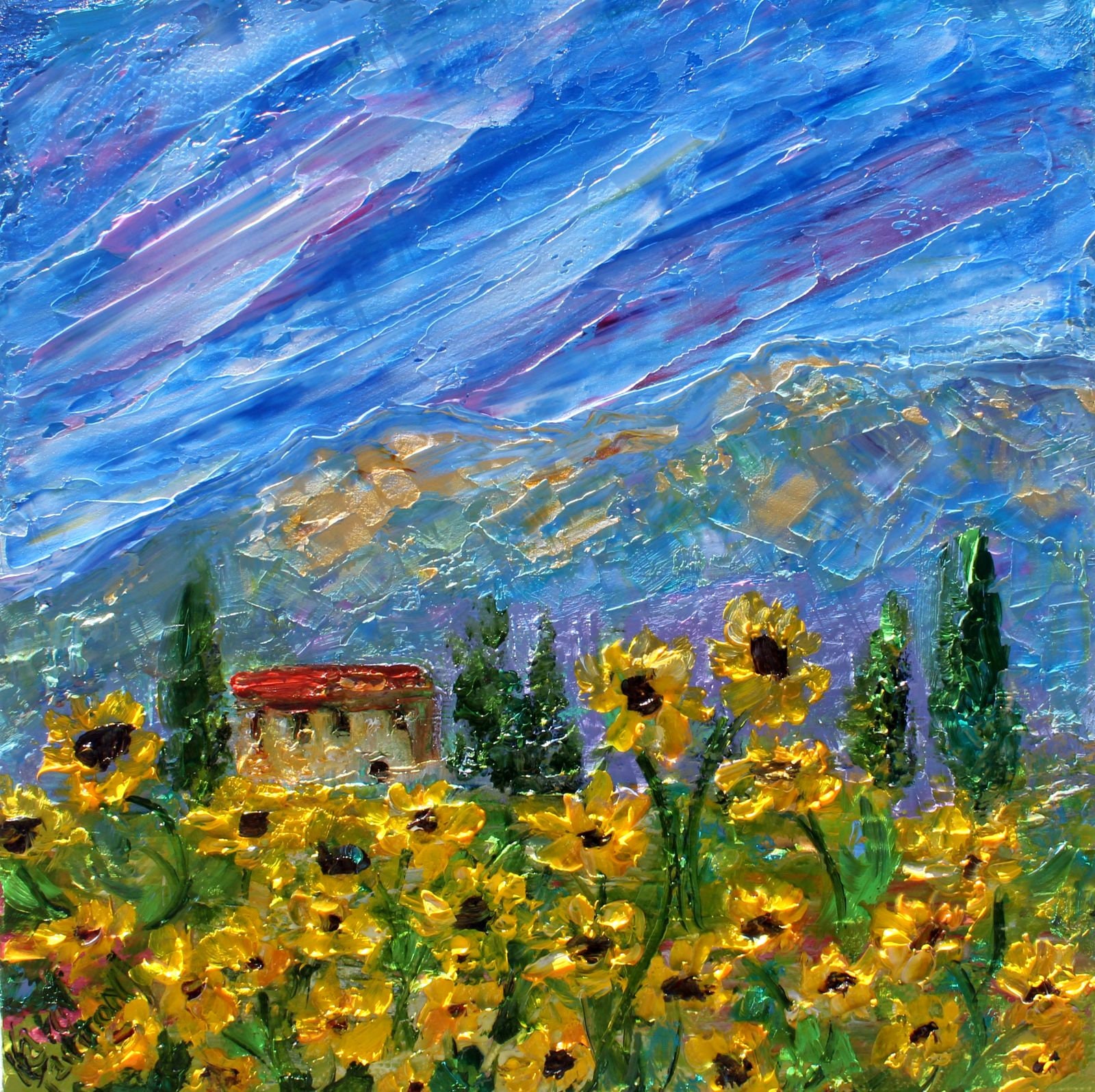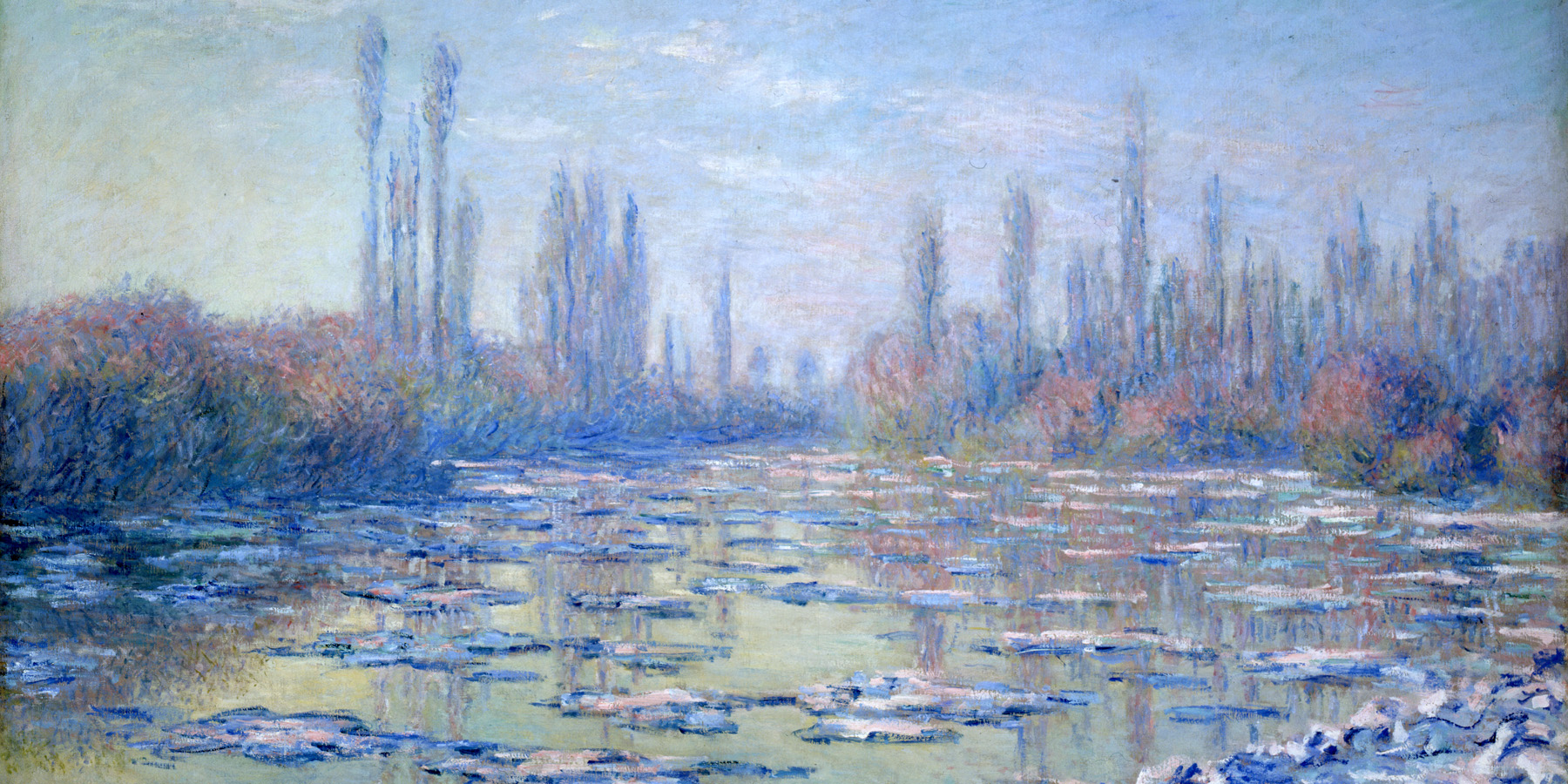Impressionism Art. The impressionists used color, not modeling from dark to light, to create form, recording with quick brushwork a fleeting effect of changing seasons, weather, and times of day. This is accomplished through light brush strokes and diligent use of light to create scenes that are absolutely mesmerizing in their beauty.
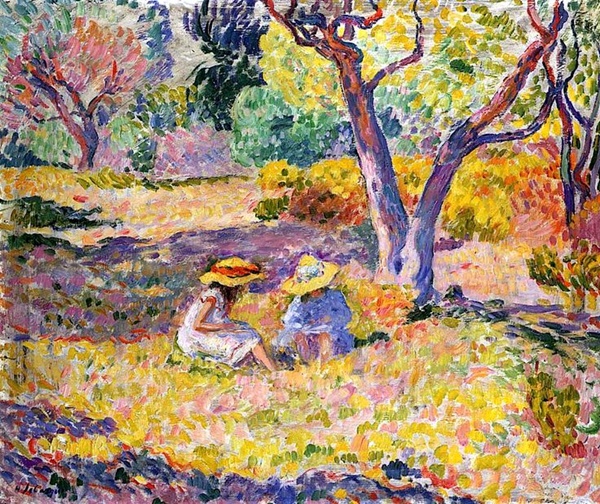
What Did the Impressionism Movement Stand For? Impressionist painters,such as Claude Monet in his "Impression: Sunrise" and Edgar. Impressionism Art PHOTOGRAPHY Photographic development was an essential driving force behind much of the Impressionist philosophy, as is indebted to photography due to the concept of spontaneous composition.
Impressionism is one of the fundamental components for the progression from old nineteenth century to modern twentieth century art, without this radical shift in popularity from the wealth of institutionalised art to the free, independent exhibitions of the Impressionists, there would be no Post-Impressionist Van Gogh, Rousseau or Cézanne, but instead they would be replaced by more repetitive. This is accomplished through light brush strokes and diligent use of light to create scenes that are absolutely mesmerizing in their beauty. What Did the Impressionism Movement Stand For?
The Impressionism style seeks not to depict scenes with exact realism but through evoking a mood. Impressionism evolved in the late nineteenth century as a primarily French art movement. After a controversial start, it would become a creative driving force for European artists.
Before impressionism, landscapes in art were often imaginary, perfect landscapes painted in the studio.
Impressionism Art PHOTOGRAPHY Photographic development was an essential driving force behind much of the Impressionist philosophy, as is indebted to photography due to the concept of spontaneous composition.
What Did the Impressionism Movement Stand For? The Impressionism style seeks not to depict scenes with exact realism but through evoking a mood. After a controversial start, it would become a creative driving force for European artists.
Certainly, however, it was the critic Louis Leroy's derogatory comments on the work and its title, in a satirical review of. More and more everyday scenes and people became their subject matter as opposed to the conventional works and portraits of upper class patrons. The Impressionists wanted to create an art that was modern by capturing the rapid pace of contemporary life and the fleeting conditions of light.
What Did the Impressionism Movement Stand For? The artists above are the individuals in the Impressionism category that The Art Story has had a chance to research and write up so far. The paintings often appear slightly out of focus.
The Impressionism style seeks not to depict scenes with exact realism but through evoking a mood. As they were outside, they looked at how light and colour changed the scenes. Before this art movement came to being, most works of art were created in a studio.
Characteristics of Impressionist paintings include landscape or ordinary life subjects painted using small yet visible brush strokes with an open composition and a. Quick view Overview, Artworks, and Biography. They included Monet, Renoir, Pissarro and Degas.
After a controversial start, it would become a creative driving force for European artists.
Impressionist painters,such as Claude Monet in his "Impression: Sunrise" and Edgar.
Impressionists rebelled against classical subject matter and embraced modernity. More and more everyday scenes and people became their subject matter as opposed to the conventional works and portraits of upper class patrons. They often painted thickly and used quick (and quite messy) brush strokes.
Instead of painting in a studio, the impressionists found that they could capture the momentary and transient. An important aspect of the Impressionist painting was the appearance of quickly shifting light on the surface of forms and the representation changing atmospheric conditions. The paintings often appear slightly out of focus.
More and more everyday scenes and people became their subject matter as opposed to the conventional works and portraits of upper class patrons. Growing tired of the archaic exhibitions and salons, whereby only government-approved artworks were allowed to be on display, this group of free thinkers established Impressionism as a new avant. Impressionism was a massive departure from the traditional realistic works at that time.
Impressionists changed the norm by breaking the rules and often painting outdoors, thereby taking note of realistic scenes of modern life. The movement gave rise to such ancillaries as American Impressionism. Impressionism in art is a form that has multiple characteristics.
This is accomplished through light brush strokes and diligent use of light to create scenes that are absolutely mesmerizing in their beauty. What Did the Impressionism Movement Stand For? Impressionists changed the norm by breaking the rules and often painting outdoors, thereby taking note of realistic scenes of modern life.
Quick view Overview, Artworks, and Biography.
The two art movements developed in Europe, but have stark differences in the tonality and methods in which they were created.
Growing tired of the archaic exhibitions and salons, whereby only government-approved artworks were allowed to be on display, this group of free thinkers established Impressionism as a new avant. The Impressionism style seeks not to depict scenes with exact realism but through evoking a mood. They included Monet, Renoir, Pissarro and Degas.
Names such as Claude Monet, Camille Pissarro, and Edgar Degas were among some of the first to figure under the title of 'Impressionist.'. Before this art movement came to being, most works of art were created in a studio. The Impressionists wanted to create an art that was modern by capturing the rapid pace of contemporary life and the fleeting conditions of light.
The paintings often appear slightly out of focus. Impressionism was born as a reaction to the official art of the French Academy of Fine Arts and the government-sponsored annual exhibitions called Salons. Impressionism evolved in the late nineteenth century as a primarily French art movement.
The artists above are the individuals in the Impressionism category that The Art Story has had a chance to research and write up so far.
Most of art history can be traced to the formation of different art movements.
They often painted thickly and used quick (and quite messy) brush strokes. Quick view Overview, Artworks, and Biography. The paintings often appear slightly out of focus.
This is accomplished through light brush strokes and diligent use of light to create scenes that are absolutely mesmerizing in their beauty. Impressionist artists sought to capture a feeling or experience rather than an accurate depiction of the art subject. The Impressionists were a group of artists renowned for their innovative painting techniques and approach to using color in art.
Impressionism in art is a form that has multiple characteristics. As they were outside, they looked at how light and colour changed the scenes. A diverse group of painters, rejected by the art establishment, defiantly set up their own exhibition.
Impressionism is one of the fundamental components for the progression from old nineteenth century to modern twentieth century art, without this radical shift in popularity from the wealth of institutionalised art to the free, independent exhibitions of the Impressionists, there would be no Post-Impressionist Van Gogh, Rousseau or Cézanne, but instead they would be replaced by more repetitive. The impressionist artists in this list were rejected by the art critics of the day. Impressionism evolved in the late nineteenth century as a primarily French art movement.

